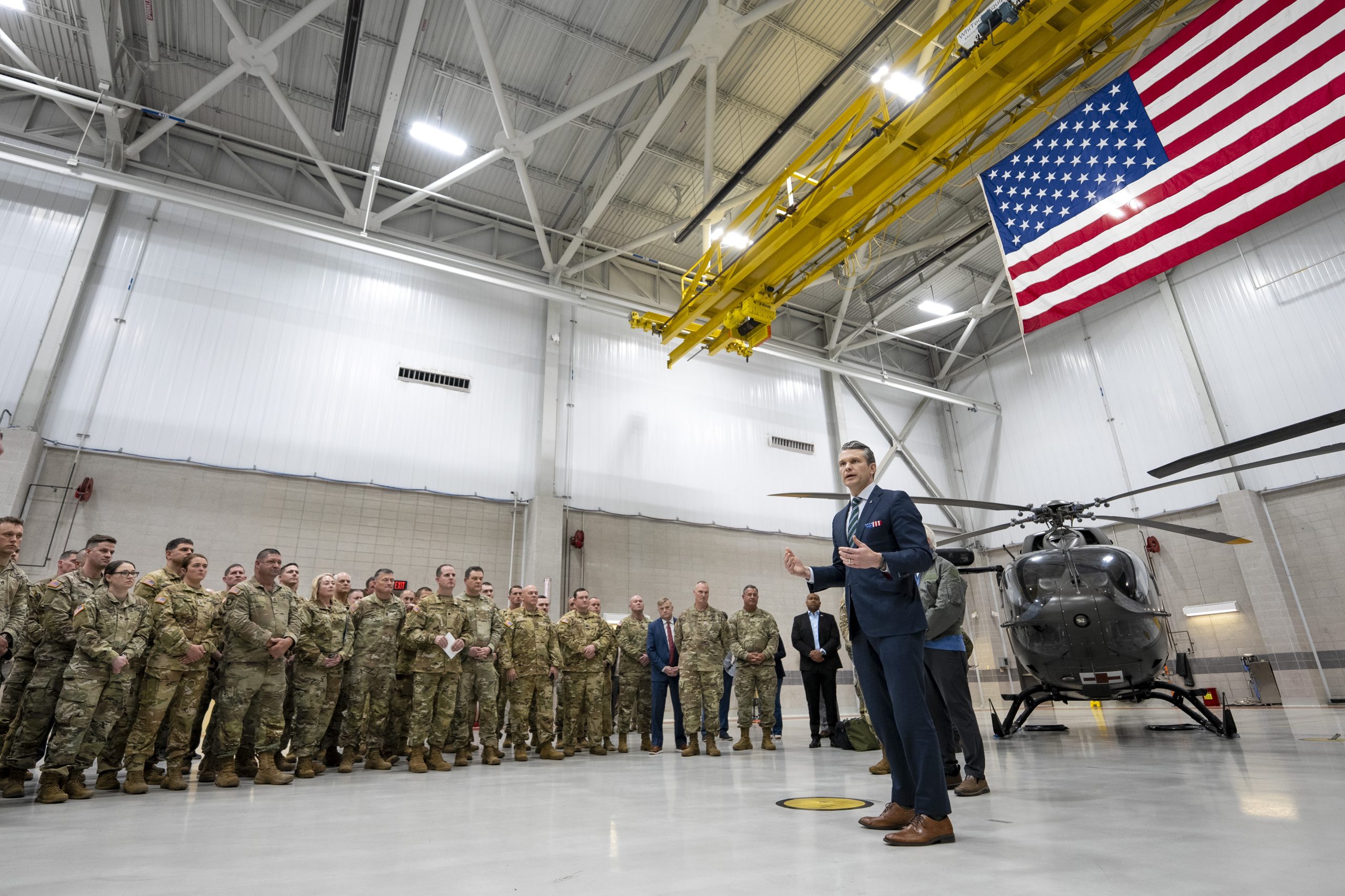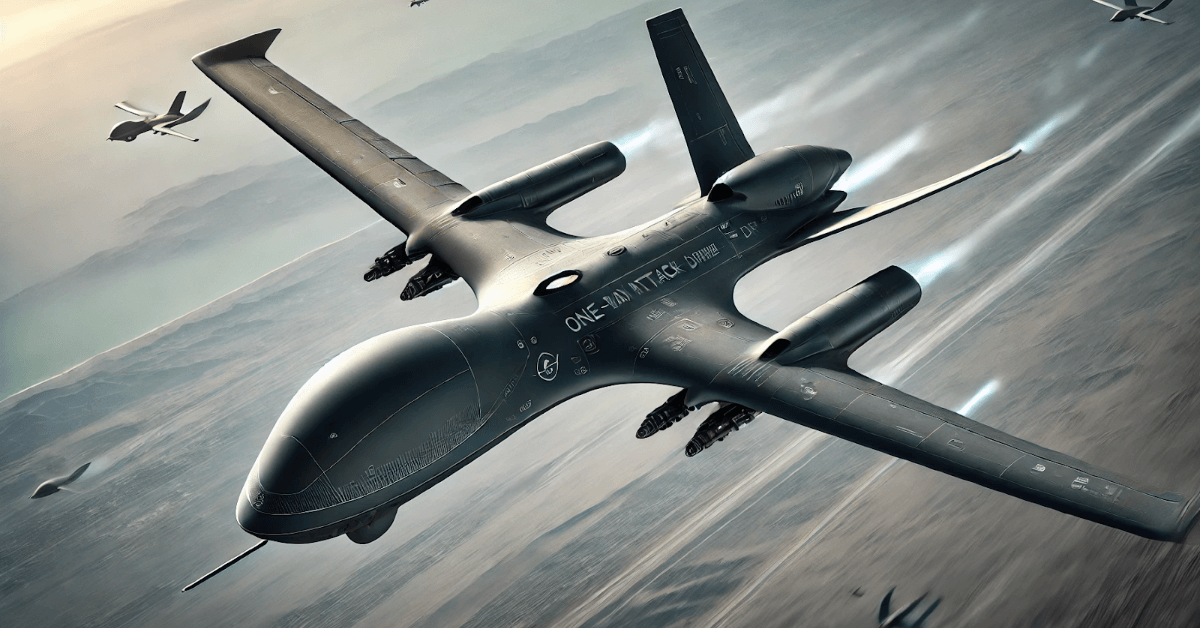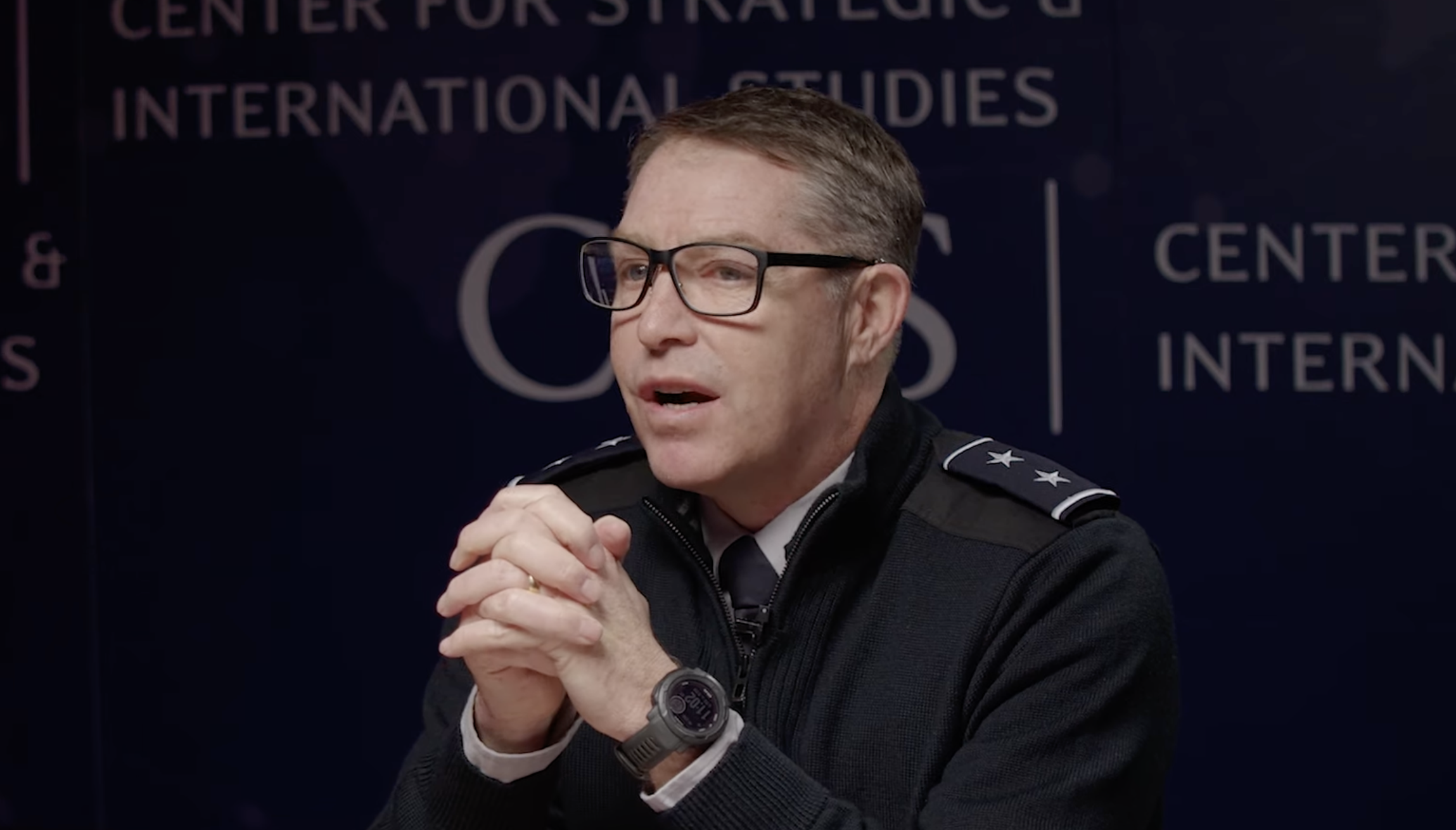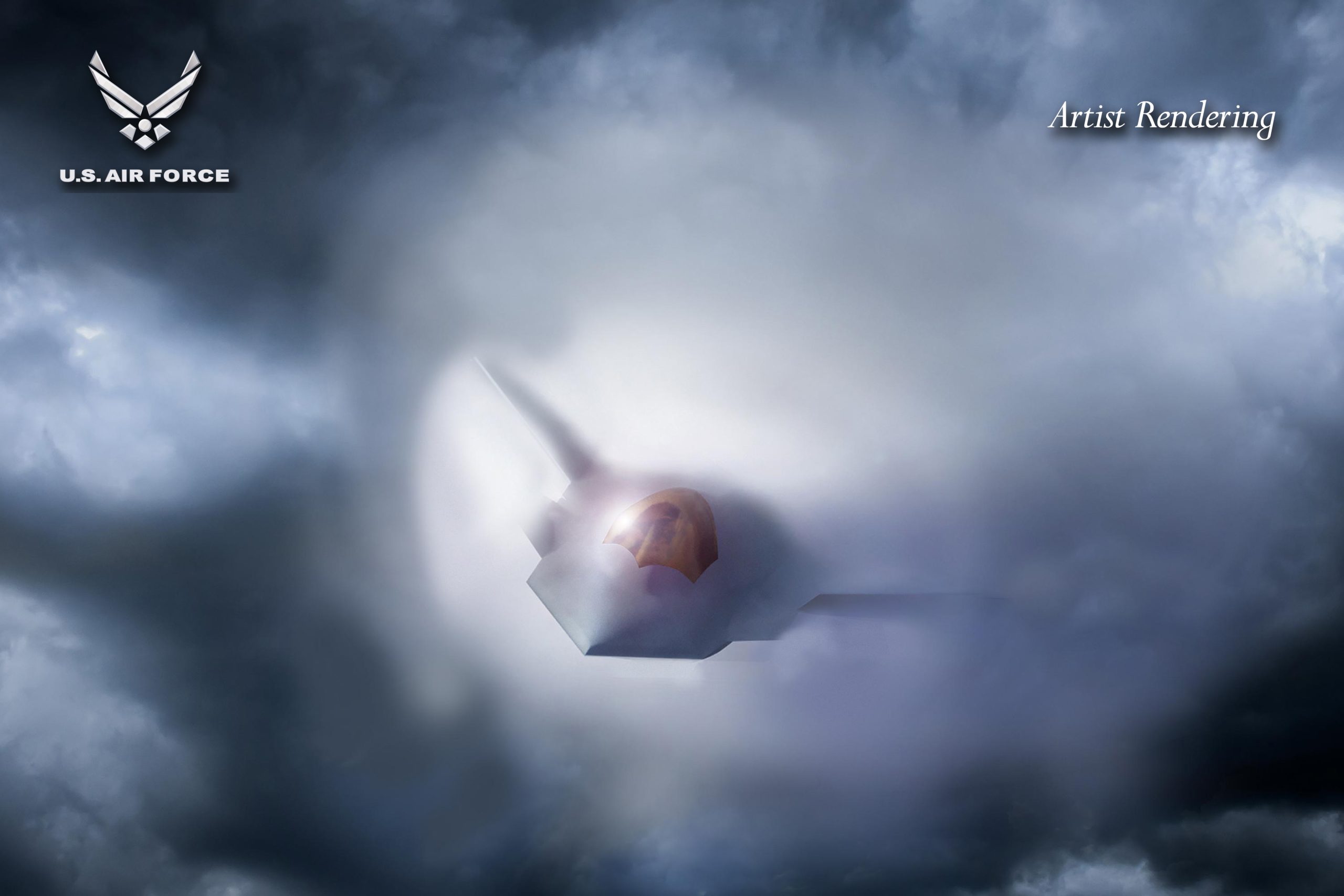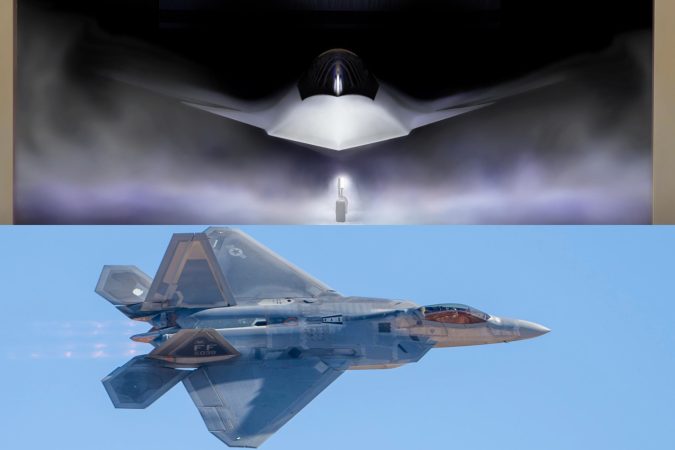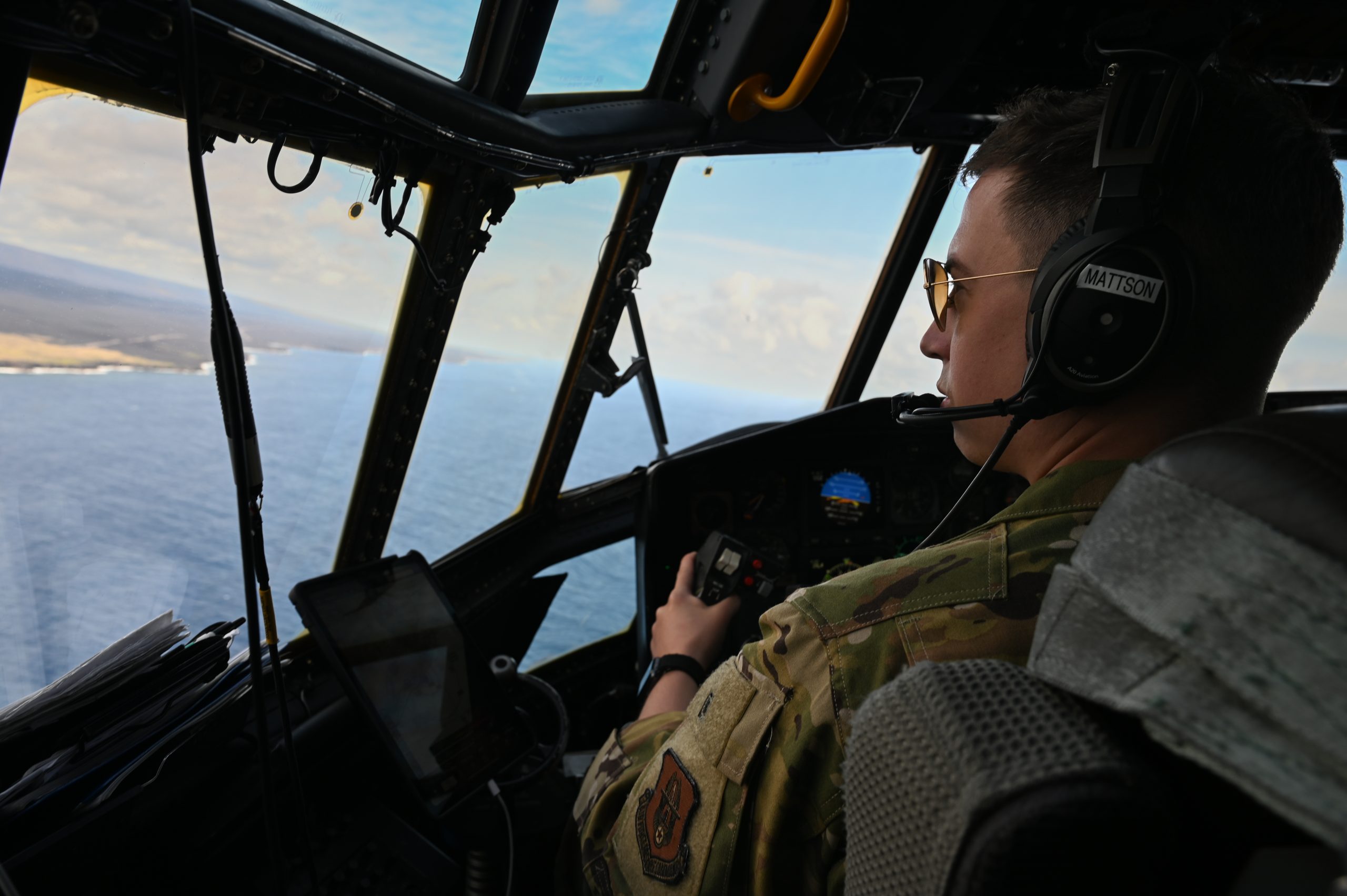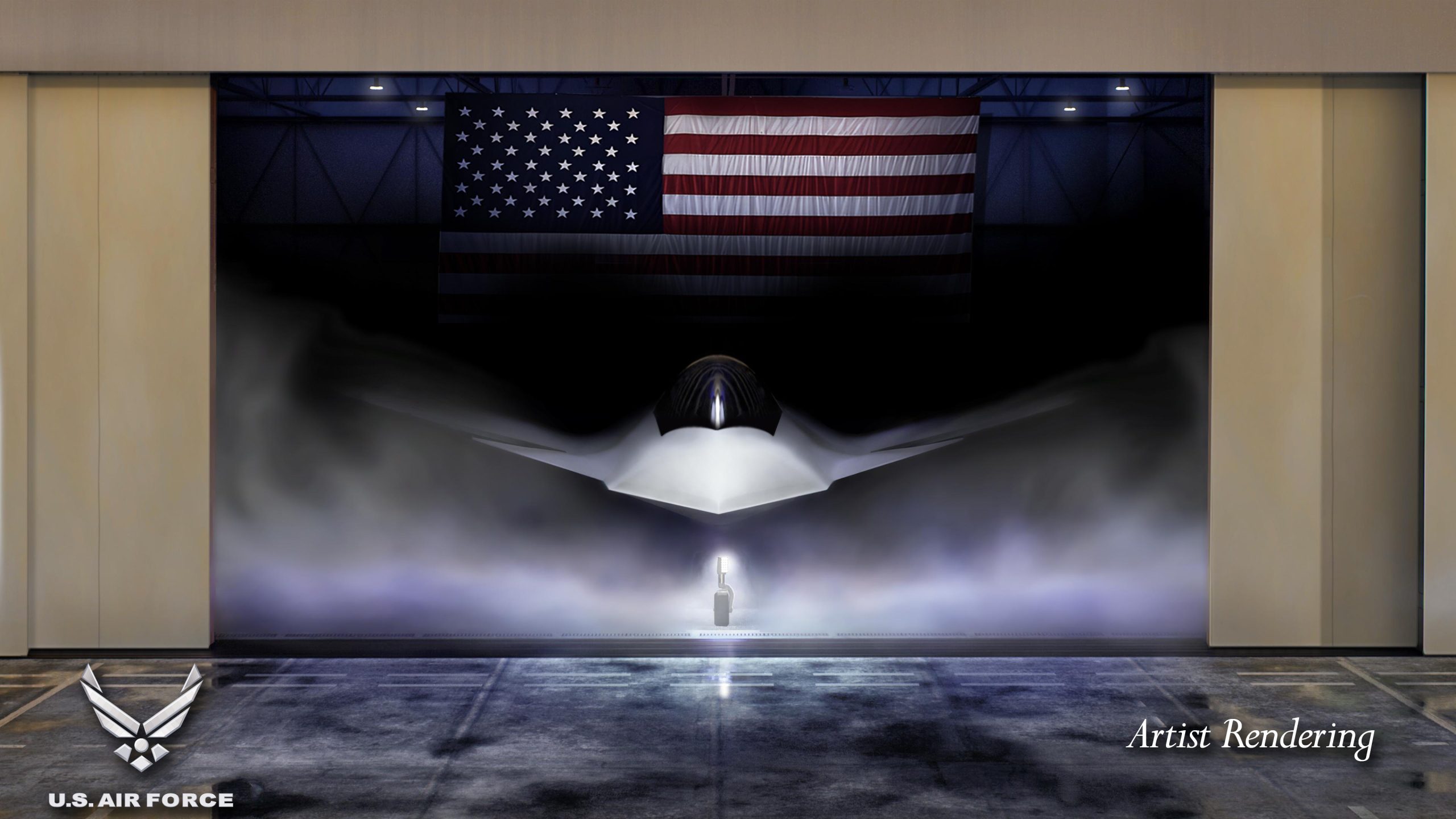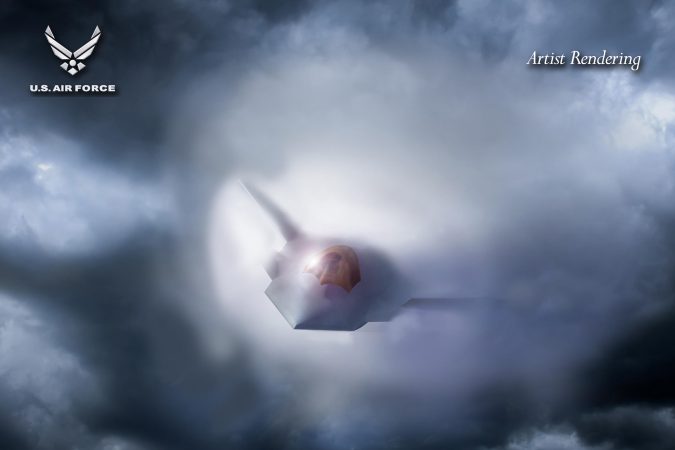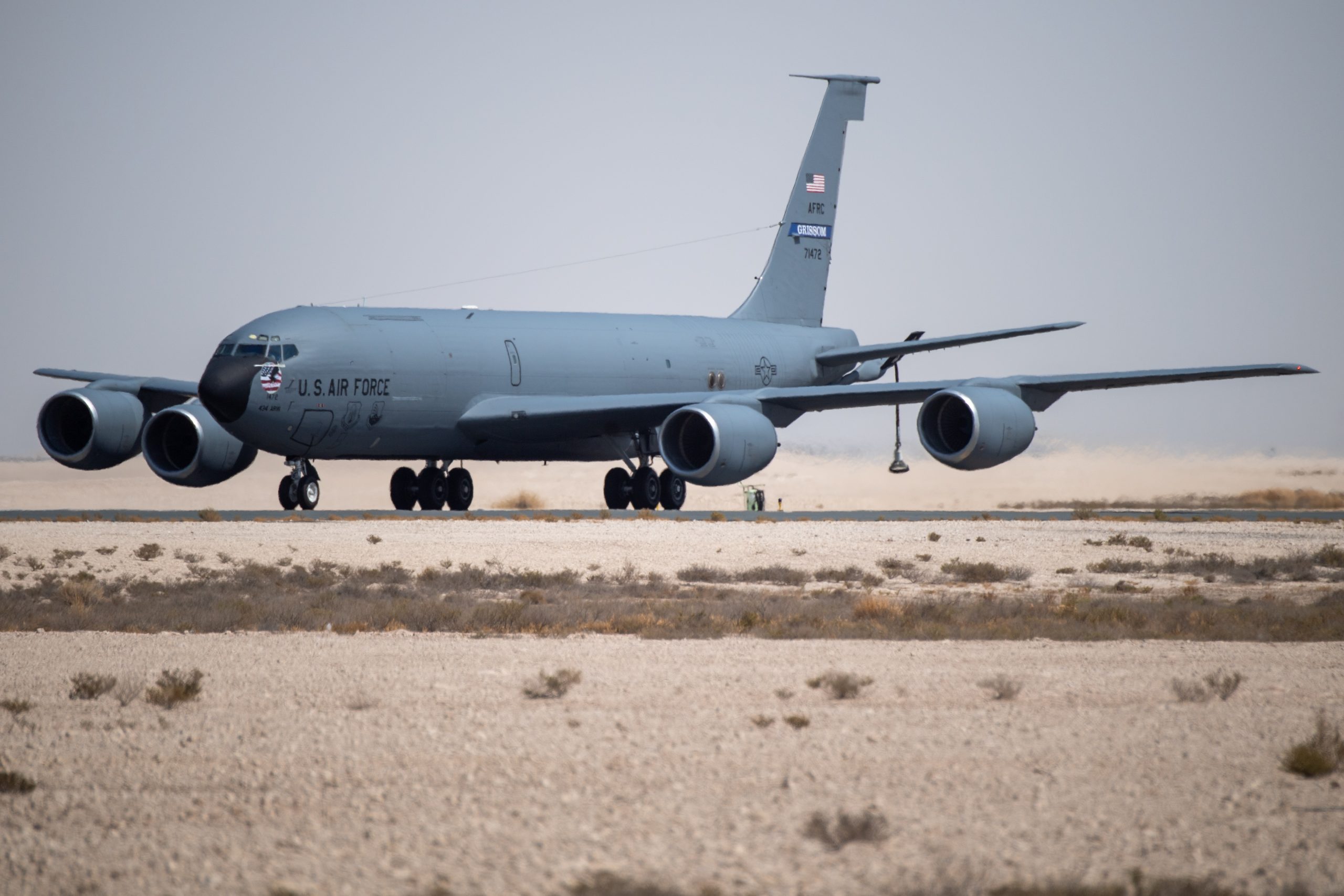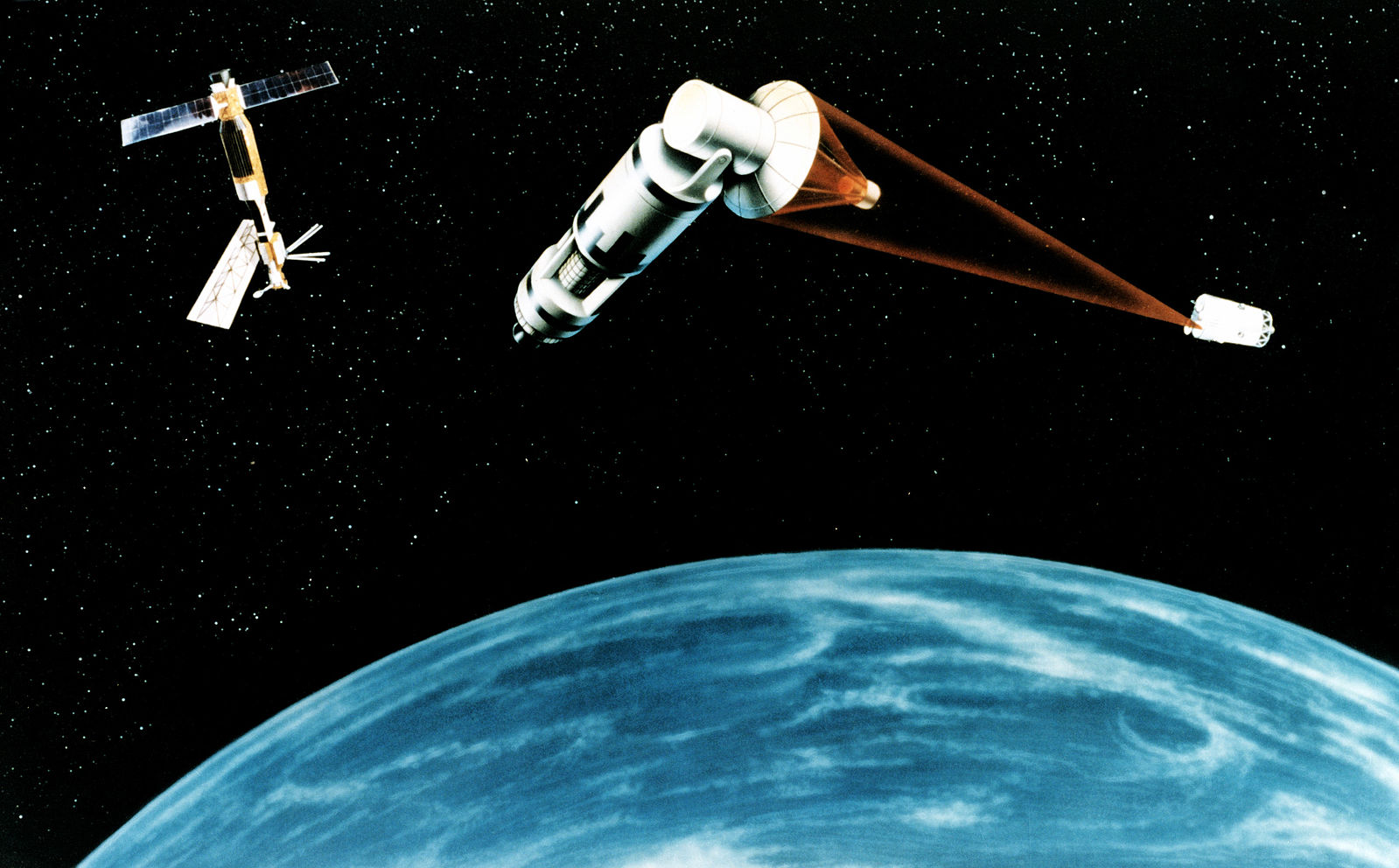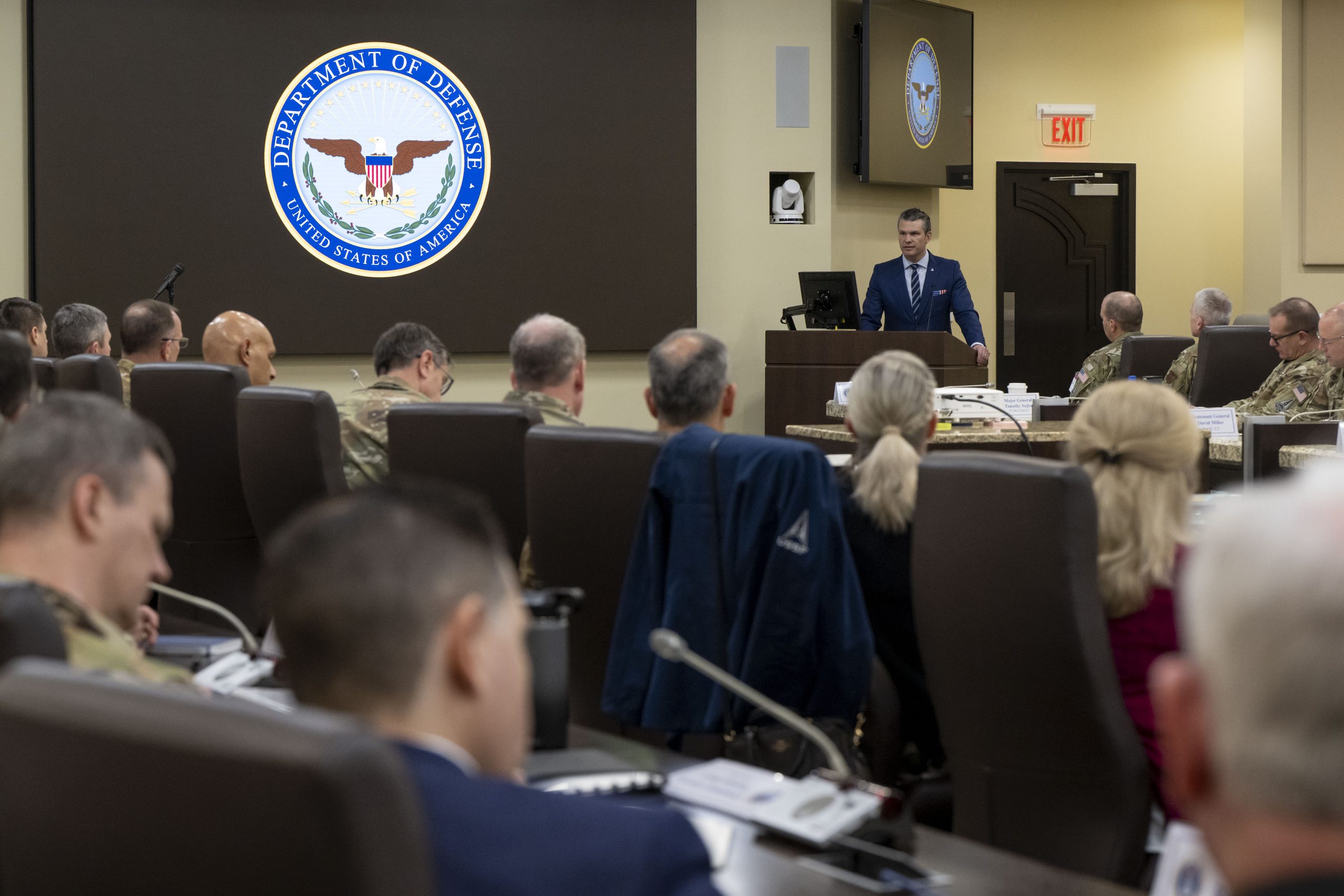Defense Secretary Pete Hegseth’s instruction for the Pentagon to find 8 percent in budget cuts that could be reallocated to other priorities has challenged the services and left onlookers wondering what will be cut to meet the mandate.
When defense analysts and experts gathered last week to talk about their experience seeking those cuts in a recent think tank workshop, they came out concluding the Navy will benefit most from the shift, followed by the Space Force, but the Army will be slashed and the Air Force could suffer a smaller loss.
The American Enterprise Institute led the workshop, in which eight teams or individuals representing four different think tanks were allowed to tinker with the budget while trying to comply with Hegseth’s budget “relook” instructions and exemptions. Once funds were cut, participants could decided where they wanted to reinvest the savings. The caveats: Funds could not be restored to anything already trimmed, and the total of all moves had to be cost-neutral.
Anyone can try their own hand at reapportioning defense spending using AEI’s new Defense Futures Simulator, an AI-powered software system that allows users to go program by program in the budget and make adjustments.
What the think tankers chose could, of course, be far different from what Defense Department leaders decide, but because the analysts faced the same limitations—they could not cut from 17 categories exempted by Hegseth—and because they knew his stated priorities, their choices offer insight into what could be coming in the administration’s 2026 budget request.
“We had to make some assumptions here … for this particular administration,” said Melissa Dalton of the Center for Strategic and International Studies, who was undersecretary of the Air Force during the Biden administration. “What we have is Secretary Hegseth’s message to the force that emphasizes lethality; homeland defense on the ground, in the sky; the need to work with allies and partners to deter [Chinese] aggression in the Indo-Pacific and to end wars responsibly and reorient to key threats. So I tried to use that as a north star to guide where I went in terms of some of the choices. They were really tough to make.”
Participants said the cuts were challenging because they had to balance tradeoffs in force structure, readiness, and modernization.
All eight teams wound up cutting the overall budget for the Army and adding to the budget of the Navy. Dalton was the only one to add to the Air Force budget, though most other teams’ cuts were relatively modest. Dalton was also the most aggressive in adding to the Space Force budget, while others were more mixed.
Several participants focused cuts on non-mission essential accounts, such as commissaries, schools, and medical research. Most added to missiles and munitions accounts for all the services.
Todd Harrison of AEI, who helped lead the workshop, said the 17 exempted categories listed by Hegseth favored the Navy, because the exemptions included high-dollar programs like submarines and surface ships.
“Frankly, it was a bit of a box that I think we were all trying to navigate … in terms of how much of the Navy was protected,” Dalton said. “It kind of forced us to look to the Army as the next big bill-payer.”
Multiple participants said they would have made cuts to the Navy’s surface ships had they been allowed, because most of those ships would not be survivable in a potential conflict with China.
“The large surface combatants was definitely our number one [pick to cut from the exemption list],” said Jennifer Kavanagh of Defense Priorities. “We kept trying to cut them, and Todd kept sending us back and saying, ‘You can’t cut that.’”
For similar reasons, some participants wanted to cut Air Force aircraft.
Dalton noted “legacy platforms,” such as fourth-generation fighter jets and older intelligence, surveillance, and reconnaissance aircraft were on her list; Elaine McCusker of AEI said she “really wanted to cut the old bombers, because I really feel like the Air Force needs to have the money to go towards the new aircraft and the modernization and unmanned systems.”
Air Force bombers were not explicitly exempted, but Hegseth did prohibit cuts to core readiness and nuclear modernization. The Air Force is upgrading its oldest B-52 bombers to keep flying for decades to come, and the small size of service’s bomber fleet would make any cuts a question of mission readiness. The B-52 and B-2 bombers are the only nuclear-capable bombers in the force.
Michael O’Hanlon of the Brookings Institution said he viewed the dearth of airfields within the Pacific’s first island chain as a reason for cutting the Air Force in some areas.
“I’m willing to cut back on Air Force fighters and short-range attack in order to have money for longer range strike systems, both Air Force and Navy,” he said.
The exercise preceded the unveiling of the F-47, the Air Force’s Next-Generation Air Dominance fighter, which President Trump, Hegseth and Air Force Chief of Staff Gen. David Allvin introduced at the White House on March 21. Harrison noted that the eight teams were mixed in their approaches to NGAD, with some seeking to cancel the program and others delaying or accelerating its development.
The Space Force, the smallest and least well-known of the military branches, saw mixed results. Dalton proposed a big increase, while at least one team sought a cut. Dalton said her proposed increase was recognition of “the role that the Space Force is playing and the demand signal that the joint force is sending the Space Force.”
“When you look at the analysis and the threat environment, particularly in confronting the PRC,” Dalton added, “when you think about countering long-range kill chains; when you think about closing long-range kill chains for the United States and its allies, the Space Force functions as those key nodes across the kill chains that can enable the Air Force, the Navy, the entire joint force, to be able to operate in a contested environment. And so the move to space is necessary in order to be able to be survivable and resilient.”
Both Air Force and Space Force leaders have made the case in recent months that their services need more resources to accomplish its core missions of air and space superiority. Hegseth has endorsed those missions, and the Trump administration has made air and missile defense—which will involve both air and space assets—a top priority.
